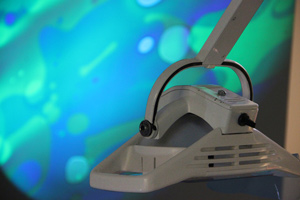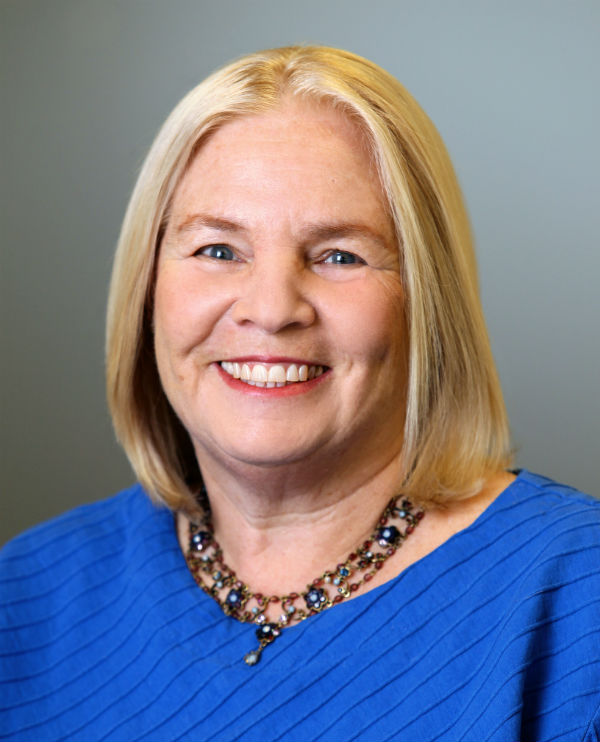Record-setting $3.1M NIH grant to improve dental experience for children with autism
June 10, 2015
Autism Awards Faculty Research
A five-year, $3.1 million-dollar National Institutes of Health research grant has been awarded to the USC Chan Division to further study an intervention which adapts sensory stimuli inside the dental office environment to decrease children’s anxiety and negative responses during oral care. This is the largest single research grant awarded in the history of the USC Chan Division.
Professor Sharon Cermak will be the principal investigator of the Sensory Adapted Dental Environments to Enhance Oral Care for Children, or “SADE-2” study, funded by the National Institute of Dental and Craniofacial Research (NIDCR). SADE-2 is a continuation of Cermak’s research which has been funded by a NIDCR planning grant since 2011.
The randomized controlled trial will enlist 220 children — 110 of whom have autism spectrum disorder (ASD) — and measure both their physiological anxiety and uncooperative distressed behaviors during dental cleanings. These responses to a typical dental environment will be compared to those elicited in a sensory adapted dental environment providing visual, auditory and tactile stimulation during dental treatment.
Examples of sensory alterations include kaleidoscopic lighting effects projected onto the ceiling, rhythmic music played through speakers and a “butterfly wrap” which envelops the child’s body with a calming “hugging” pressure.
Cermak and her collaborators want to better understand why the adapted dental setting works and for which children it will be the most effective. Interdisciplinary team members include José Polido, division head of dentistry at Children’s Hospital Los Angeles and assistant professor at the Herman Ostrow School of Dentistry of USC; Marian Williams associate clinical professor at the Keck School of Medicine of USC; Leah Stein, postdoctoral fellow at the USC Chan Division; Michael Dawson, professor of psychology at the USC Dornsife College of Letters, Arts and Sciences; and Christianne Lane, assistant professor of preventive medicine at the Keck School.
“We want to look at if it’s more effective for younger children or older children — or is it more effective for children with sensory issues or anxiety issues,” Cermak said. “Or is it more effective for higher functioning children or children who may be lower functioning — and does that make a difference?”

Kaleidoscopic lighting effects projected onto the ceiling of a dental clinic
As many parents can testify, distressing experiences at the dentist are common. According to a 2010 survey of nearly 400 parents of children with autism, almost two-thirds reported “moderate to extreme” difficulty with oral cleaning at the dental office. A 2012 study conducted by a team of USC researchers found that 18 percent of parents of children with autism reported the use of restraint “often” or “almost always” during dental visits.
“A lot of kids are really afraid of going to the dentist,” Cermak said. “All of these factors are really uncomfortable for children, particularly those with autism,” who are more sensitive to stimuli.
If successful, the intervention has the potential to transform clinic-based dental care for the growing population of children with ASD as well as for typically developing children with dental anxiety and/or sensory over-responsivity. Not only does it have potential to increase comfort for children during oral care, the researchers will also examine whether the sensory adapted environment might facilitate safer, more efficient and less costly dental treatments.
The SADE-2 study continues building upon Cermak’s previous pilot research conducted from 2011 to 2015, the preliminary positive results of which were published in the Journal of Autism and Developmental Disabilities and a feasibility discussion of which was published in the May/June issue of the American Journal of Occupational Therapy.
⋯
Next by tag Autism ⟩ Awards ⟩ Faculty ⟩ Research ⟩






